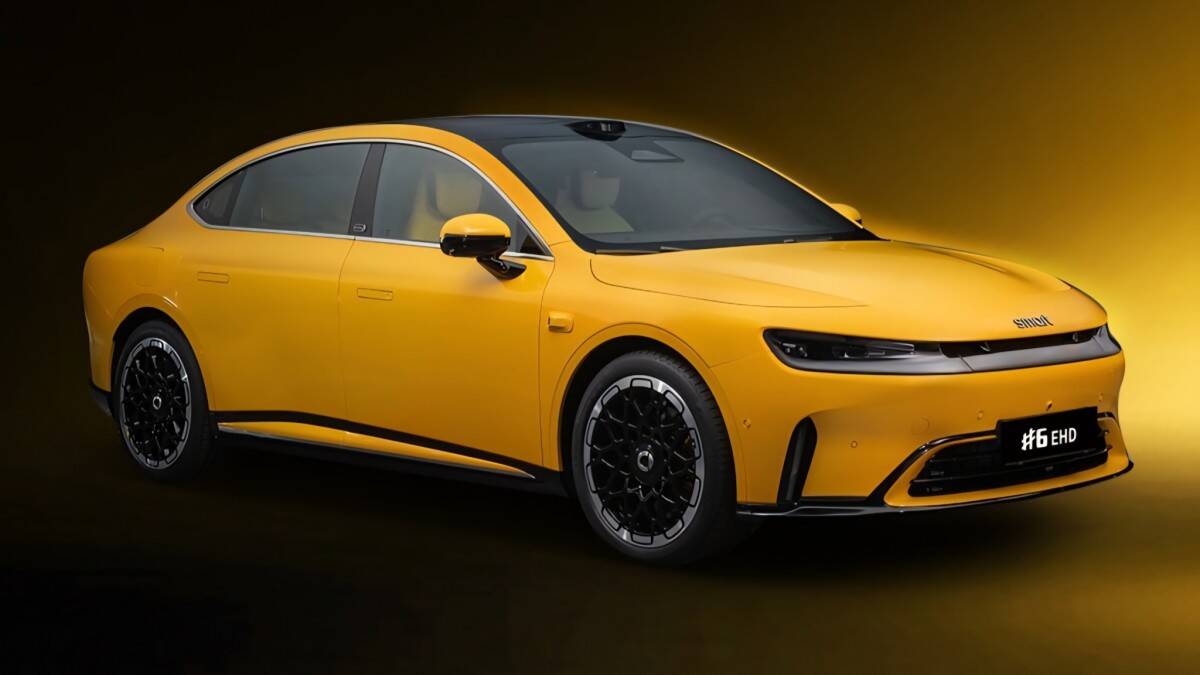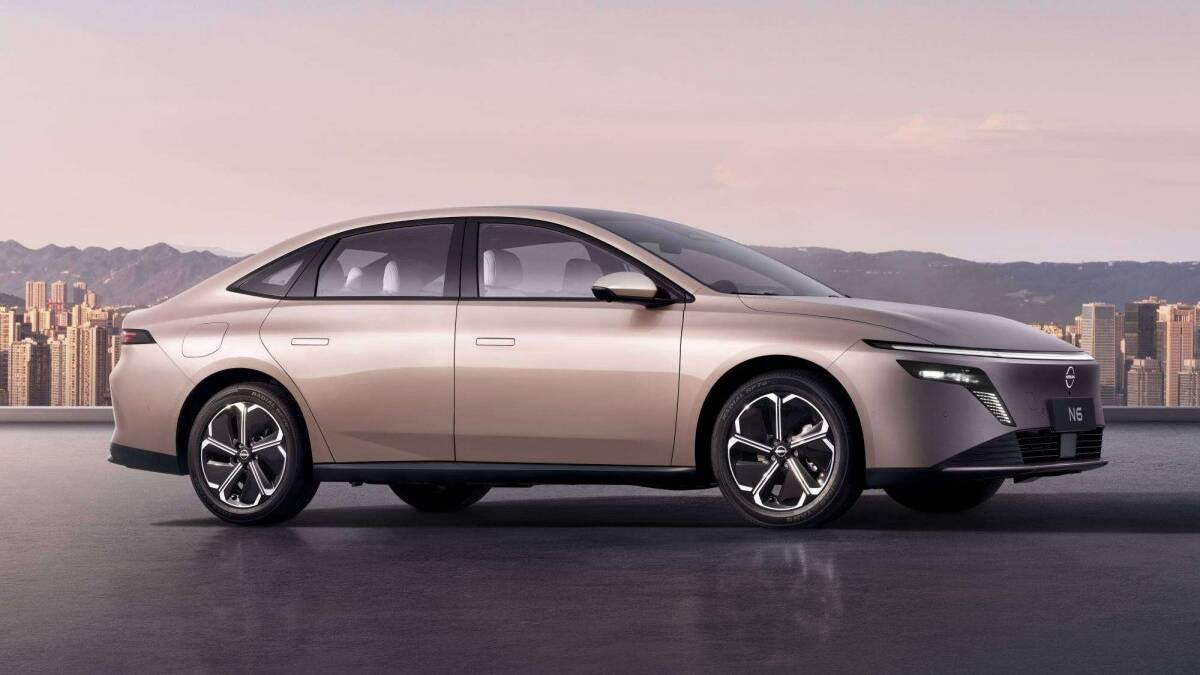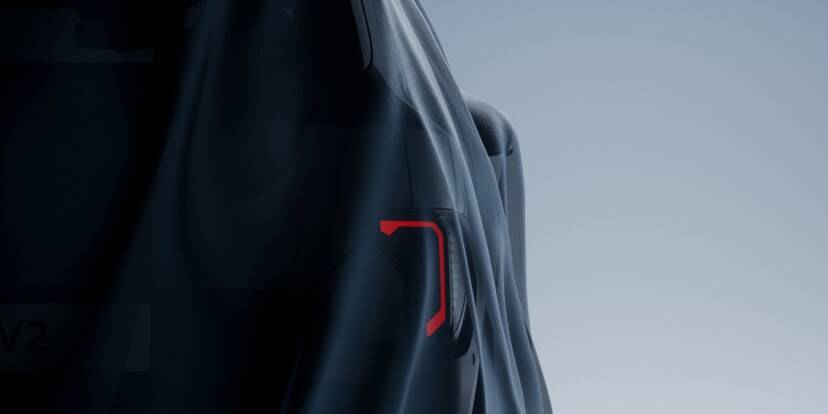Tesla’s new Nevada plant will change the electric car market
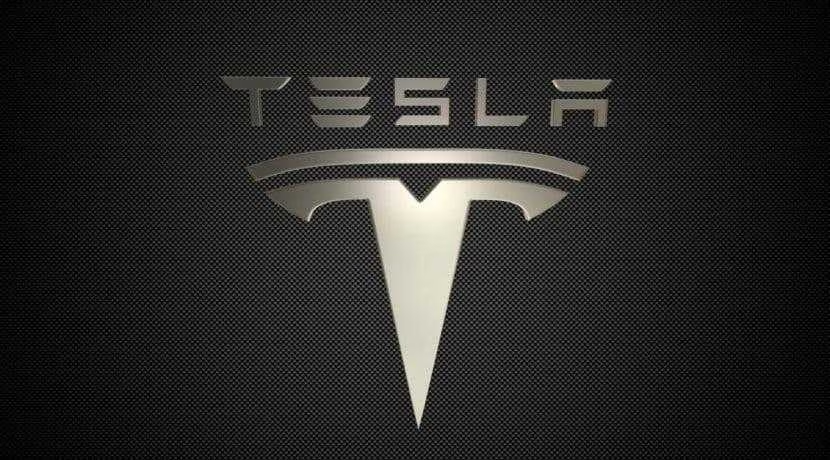
In the high desert of Nevada, Tesla is completing construction of a new facility that could radically change the future of electric cars and green energy in North America.
Tesla’s first lithium-iron-phosphate (LFP) battery factory in North America marks a major strategic shift for the company. The implications could be huge, from a more resilient energy grid to – most importantly for consumers – more affordable electric vehicles.
Nickel-containing batteries such as NCA (nickel-cobalt-aluminum) and NCM (nickel-cobalt-manganese) have dominated the U.S. market so far. They provide high energy density, allowing cars to travel long distances. However, they are expensive to produce and require materials like cobalt, the mining of which has environmental concerns. Tesla, like other automakers, has long been looking for a cheaper and more sustainable alternative – and has found it in LFP.
Tesla, like other automakers, has long sought a cheaper and more sustainable alternative – and has found it in LFP.
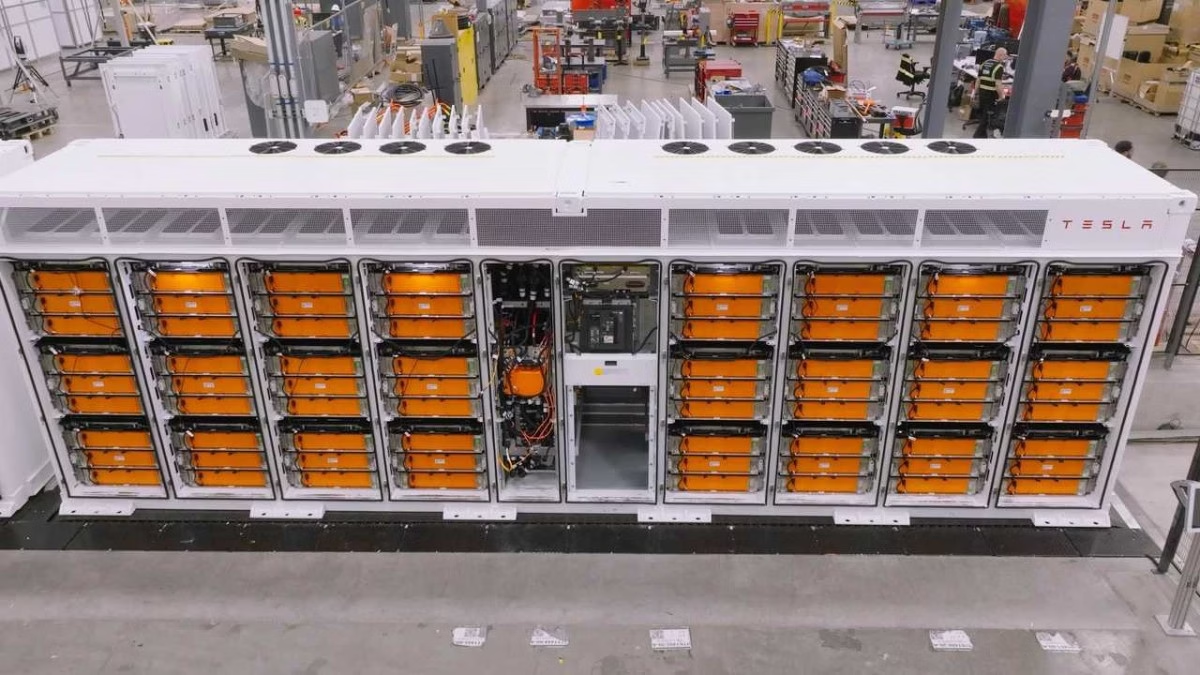
LFP batteries are the real «hard workers» in the world of batteries. While they are inferior to nickel batteries in terms of energy density, they are cheaper because they use common iron instead of nickel and cobalt. They are also more resistant to overheating and fire, last longer, and can withstand more charge cycles. This makes them ideal for stationary energy storage systems where weight and size are not as important as reliability and price.
They are also more resistant to heat and fire, last longer, and withstand more charging cycles.
This is where the new Nevada plant will have the biggest near-term impact. Its primary purpose is to produce LFP battery cells for Tesla’s growing energy division. These cells will be used in Megapack, giant batteries to stabilize the power grid, and Powerwall, home energy storage for solar systems. Until now, Tesla has imported such cells from Chinese manufacturers such as CATL.
So far, Tesla has been importing such cells from Chinese manufacturers such as CATL.
But what’s most interesting is the future of Tesla’s lineup. While the company already uses LFP batteries in the Model 3 and Model Y versions with standard range in Europe and China, their use in the US has been held back by high import duties. Manufacturing in the U.S. is a game changer.
This paves the way for LFP versions of cars to return to the U.S. market as early as 2027. And US batteries could make base versions of the Model 3 or Model Y cheaper. What’s more, it’s a key step toward creating the long-promised $25,000 Tesla.
While the cost remains tentative, it’s the affordable LFP batteries that make mass-market electric cars a reality. For consumers, that means not only a lower price, but also the ability to regularly charge the car to 100 percent without rapid battery wear and tear – something that is not recommended with nickel batteries.
The Tesla’s new Nevada plant will change the electric car market was first published on ITZine.ru.




